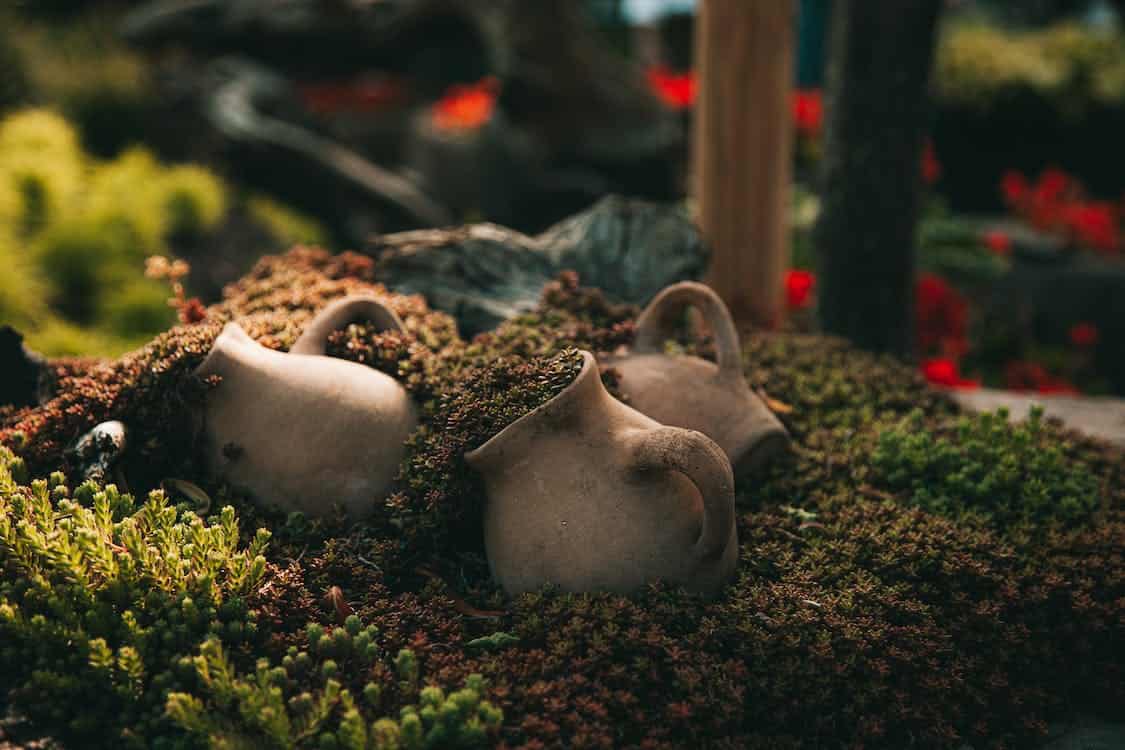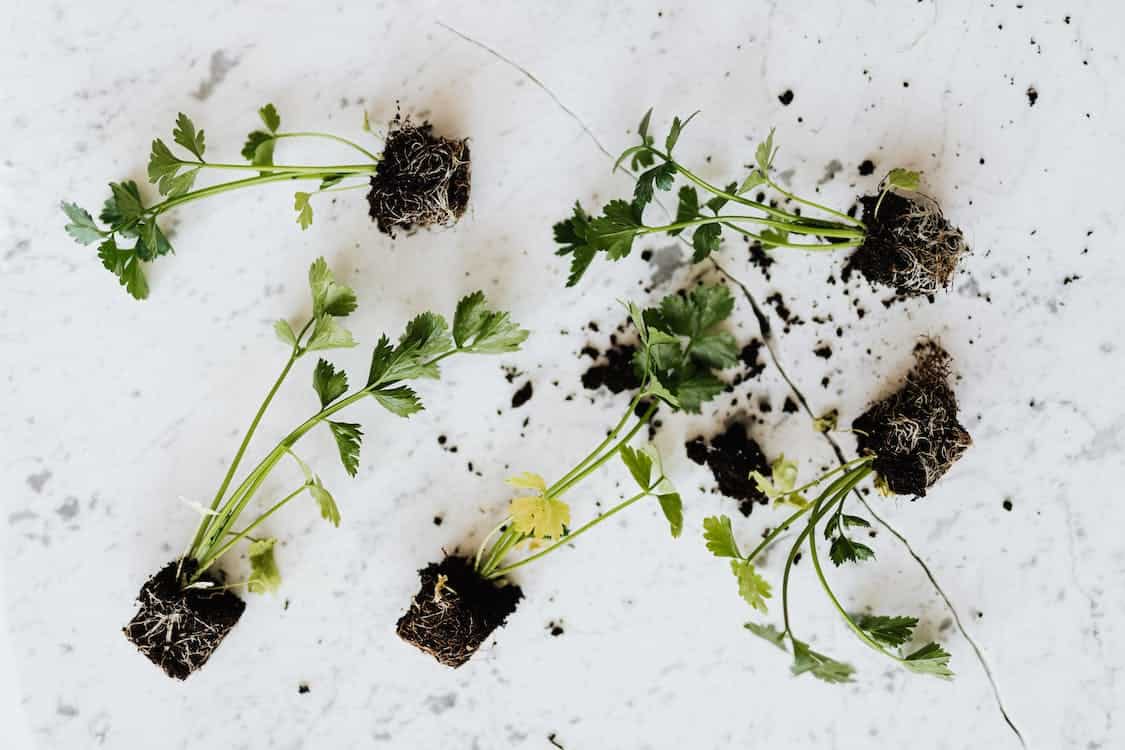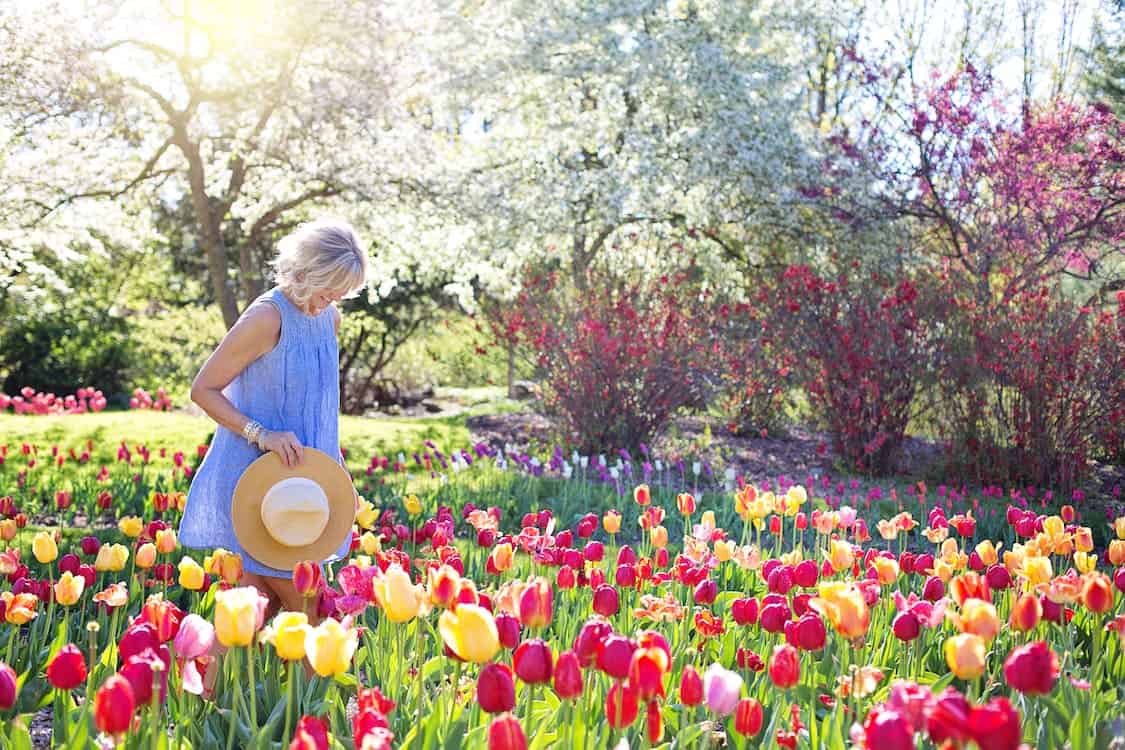
In a world filled with concrete jungles, your garden can be a sanctuary—a lively realm of color, a place where the whisper of nature’s secrets is ever-present. For home gardeners and DIY enthusiasts, the allure of creating a serene, beautiful space in your very own backyard is undeniable. Whether you’re a seasoned green thumb or just starting out, this guide is your one-stop shop to transform that green patch into a captivating tapestry of foliage and bloom. Let’s walk through the process of taking your garden from functional to fantastical with everything you need to know about planning, planting, and maintaining a garden that will be the envy of the neighborhood.
Planning Your Garden Masterpiece
Before you break ground, it’s crucial to lay the groundwork for your garden design. Start by visualizing your dream garden. Consider the space you have, the kind of plants you adore, and the purpose your garden will serve—whether it’s a calming retreat, a play area for kids, or a riotous explosion of color. Gather inspiration from gardening magazines, local botanical gardens, and even your own memories of stunning outdoor spaces.
Your garden’s success hinges on the local climate and environment. Learn about the hardiness zones that determine which plants will thrive in your area. Additionally, ponder environmental factors such as available sunlight, soil type, and the presence of local fauna.
Once you have a palette of plants in mind, sketch a rough blueprint of your garden layout. Take into account the mature size of the plants and how they’ll look together. Utilize layers of varying heights and textures to create depth, and don’t forget to leave space for paths and future growth.
Selecting the Ultimate Gardening Resource

The value of finding an ultimate gardening resource cannot be overstated. With a plethora of information available, discerning gardeners need a dependable source that not only imparts knowledge but does so with precision and depth. A comprehensive gardening guide or database should encompass a wide spectrum of topics, including detailed plant profiles, care instructions, pest identification, and management strategies. Whether you want to add the moonflower plant with its fragrant blooms to your garden or create a butterfly garden to attract colorful pollinators, having access to accurate, authoritative information is essential. By having access to such a resource, you are equipped with the tools and understanding necessary to make informed decisions for your garden.
This includes choosing plants suited to your regional climate, optimizing plant health with appropriate soil amendments, and implementing eco-friendly pest control measures. Thus, a reliable resource is instrumental in the creation and maintenance of a thriving garden that resonates with beauty and vitality.
Preparing the Soil
Great gardens are built on great soil. Knowing the pH and composition of your soil is a fundamental step. You can either purchase a home testing kit or consult with your local agriculture center for professional analysis.
Most home gardens benefit from amendments. For clay soils, which tend to be heavy and poor-draining, add compost to improve aeration and drainage. Sandy soils need organic matter to enhance their water and nutrient retention. Till the amendments into the top 12-18 inches of soil to ensure they’re well-integrated and to break up any compaction.
Mulch is a gardener’s best friend. It conserves moisture, suppresses weeds, and adds essential nutrients to the soil as it decomposes. Opt for organic mulches like wood chips or straw for the best results. If the mulch is too thick, it can prevent water from reaching the soil, so aim for a depth of 2-3 inches. Balancing the soil’s pH and providing adequate nutrients through amendments and mulching will set your garden up for thriving success.
Planting and Maintenance

The process of planting is a harmonious blend of artistry and scientific knowledge, while maintenance is a devoted labor that guarantees the enduring beauty of your garden. During the planting phase, it is crucial to be conscientious of the specific depth and spacing requirements for each species. Provide a deep watering immediately after planting, and ensure a consistent water supply to aid in the establishment of robust root systems.
Pruning is more than just aesthetic; it’s a means to ensure your plants’ health and control their growth. Schedule regular pruning sessions to remove dead or diseased branches and promote new growth.
Also, you want to keep a vigilant eye for pests and diseases. The best approach is often a combination of cultural practices, like maintaining soil health, and the careful use of organic or chemical treatments to protect your garden without harm to beneficial organisms.
Adding Decorative Elements
A garden is not just a collection of plants; it’s a living canvas. Create pathways with natural stone, bricks, or gravel. Borders, whether flower beds or paths, help define the space and provide a polished, organized look to your garden.
The sound of water can be incredibly soothing. Consider adding a small fountain or a water feature. Equally, strategic lighting can extend the enjoyment of your garden into the night, casting a magical glow over your green haven. If the space allows, a garden shed or gazebo can add charm and functionality to your backyard. You can custom-design your shed or purchase a pre-built one, depending on your needs and budget.
Don’t underestimate the power of art in the garden. From sculptures and garden ornaments to colorful wind chimes, personal touches add character and a reflection of your personality to the space.
Sustainable Practices
In both gardening and life, achieving harmony relies on sustainability. Native plants offer a perfect solution by being well-suited to your region’s conditions while supporting local wildlife with food and habitat. Moreover, they require less water and maintenance compared to exotic species. Embracing native plants not only enhances the beauty of your garden but also contributes to a more balanced and eco-friendly environment.2. Water-Wise Gardening
Install a rain barrel to collect water or set up a drip irrigation system to water your plants directly at the root. Avoid watering during the hottest part of the day to minimize evaporation.
A compost bin is an invaluable tool for any gardener. By recycling kitchen and yard waste, you’ll create a nutrient-rich soil amendment that enhances the health of your plants and reduces your environmental impact.
Embracing Seasonal Changes

As the seasons transition, your garden must adapt to shifting weather patterns and temperature fluctuations. Think of your garden as a stage for nature’s grand performances over the year. In spring, prepare your beds for the rush of growth by clearing away any winter debris and cutting back last year’s perennials. Summer requires diligence with watering and enjoying the peak blooming season. As fall approaches, plant bulbs and cold-hardy varieties for a burst of early spring color.
Adopting a seasonal gardening calendar helps in planning annual chores and enjoying the unique beauty of each period. Seasonal adjustments need not be cumbersome; with the right planning, they can be seamlessly woven into the gardening experience, enriching both the garden’s vitality and the gardener’s enjoyment.
A good idea is to keep a gardening journal to track your garden’s progress and note any changes you make along the way. By documenting your journey, you’ll be able to look back on your successes and learn from any challenges you face. If the garden is a sanctuary, the gardener’s journal acts as a keeper of its secrets—a testament to the evolving nature of your green haven and your continuous growth as a gardener.
Incorporating Companion Planting
The practice of companion planting is grounded in the principle that certain plants can benefit when grown in proximity to each other. This method transcends aesthetic value, delving deep into symbiotic relationships where companions aid in pest control, pollination, and the utilization of garden space. For instance, marigolds release substances through their roots and foliage that repel nematodes and other pests, aiding in the protection of neighboring plantings. When incorporating companion planting into your garden design, detailed knowledge of compatible plant pairings is vital.
On the other hand, there are plants that should not be planted near each other. For example, members of the nightshade family like tomatoes and potatoes can stunt one another’s growth if grown too close in succession due to diseases they may harbor. Researching plant relationships beforehand prevents potential issues and ensures a harmonious garden environment.
Pest Management and Plant Disease Prevention
Effective pest management and plant disease prevention are pillars of a healthy garden. Early detection and identification are key, therefore regular monitoring of your plants is essential. Learn to recognize the signs of common pests and diseases that afflict gardens in your region. Implementing integrated pest management (IPM) strategies minimizes the reliance on chemical pesticides, placing an emphasis on biological and cultural practices first. Crop rotation, sanitation, and the use of resistant varieties can significantly reduce pest and disease pressures. If chemical controls become necessary, opt for targeted, less toxic options and always follow label instructions to safeguard the environment and non-target species. Remember, a successful garden management plan embraces a proactive rather than reactive approach, ensuring long-term resilience and the health of the garden ecosystem.
Gardening is an art that marries the beauty of nature with the nurture of human hands, a craft that shapes the living environment into a source of pride and tranquility. With diligence, knowledge, and the unwavering passion of a gardener, any patch of earth can be sculpted into a vibrant tableau that celebrates the cycles of life and seasons. Armed with the right tools, the guidance of authoritative resources, and sustainable practices, success is not a matter of chance but the result of thoughtful planning and mindful stewardship. This guide stands as a testament to the dedicated gardener’s journey—a journey paved with the joys of creation and the satisfaction of watching life flourish under one’s devoted care.

